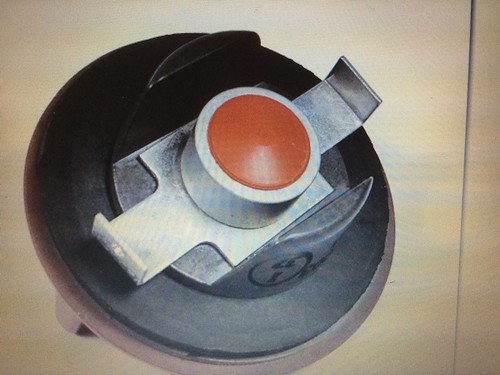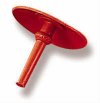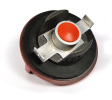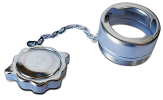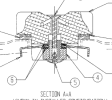- Joined
- Dec 5, 2010
- Messages
- 5,148
- Display Name
Display name:
GeorgeC
Last fall, I noticed a few drops of water in one tank. The fuel cap gaskets were looking a little old, so I replaced them. They fit snugly but were otherwise okay.
Fast forward a couple of seasons, my plane gets out of annual, and the caps are stuck on. Had to use channellocks (with plywood taped to the jaws) to remove them. Applied some DC4, flew home.
I go to fly the next week, and they're stuck again. Channellocks again. This time I follow the advice of @Dan Thomas:
I tried to give them a twist after flying yesterday and they were stuck again. Do these gaskets swell over time or something?
(punch line: I still occasionally get a couple of drops of water in that tank...)
My caps look like this:

Fast forward a couple of seasons, my plane gets out of annual, and the caps are stuck on. Had to use channellocks (with plywood taped to the jaws) to remove them. Applied some DC4, flew home.
I go to fly the next week, and they're stuck again. Channellocks again. This time I follow the advice of @Dan Thomas:
Greasing the seal's filler neck contact face just attracts dirt and it gets washed away by the fuel. Put the grease under the seal, against the cap so the cap will rotate on the seal instead of the seal rotating on the filler neck.
I tried to give them a twist after flying yesterday and they were stuck again. Do these gaskets swell over time or something?
(punch line: I still occasionally get a couple of drops of water in that tank...)
My caps look like this:


